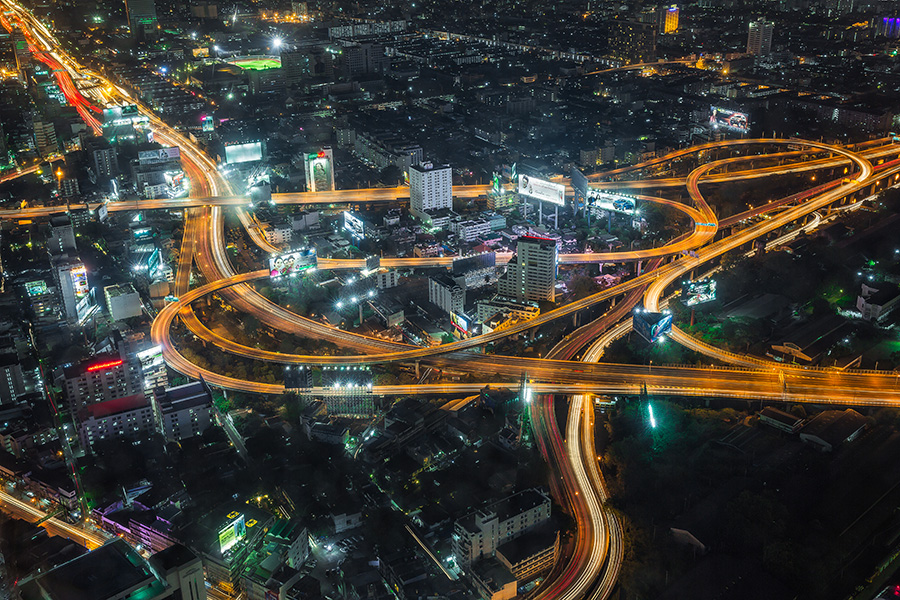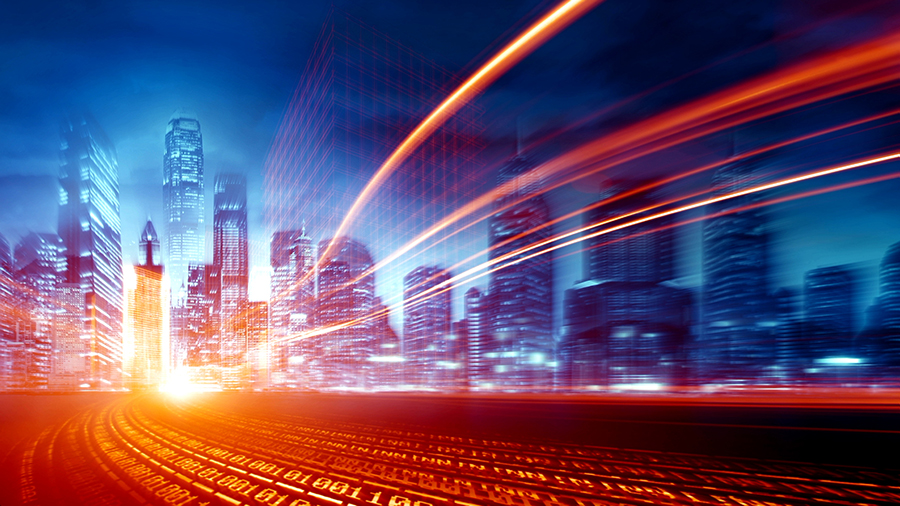Our world is in a constant state of disruption, as new digital technologies and innovations offer new and better ways of doing things. Indeed, digital transformation is frequently identified as the top priority of practically every C-suite survey, and organisations are turning to digitalisation in droves as they seek to gain an edge over their competitors.

Our Digital, Always-on World
The breakneck growth of the digital economy is powered by IT across all sectors, enabled by a plethora of compute and storage devices residing within server rooms, data centres or on the public cloud. And the use of IT is pervasive on a scale that was never experienced: At homes, in schools, within offices, as well as at highly automated industrial plants.
As the world turns to cutting-edge technologies such as machine learning or autonomous vehicles, the demand for additional IT infrastructure in the form of powerful computers for number crunching and road-side units to support self-driving vehicles will only soar.
In the meantime, the energy footprint of these systems is nothing short of dramatic – straining existing power systems with higher power demands than ever. And as IT systems grow and consume more energy than before, the limitations of traditional energy systems might well be the greatest barrier to successful digital transformation.
To be clear, energy has always been a vital topic for IT infrastructure. Indeed, the reliability of power for IT has always been significantly higher than for other applications, evidenced by the widespread use of Uninterruptible Power Source (UPS) to data centres with their redundant diesel generators to keep running should the power grid crash.

Demand for Power
Based on forecasts, IT represents roughly 10% of worldwide power consumption today. This share is growing and predicted to double by 2030. That adds up to a growth of around 10% CAGR, which is an astounding increase by any measure.
But even this estimate might be too conservative when one considers the exponential rise of technologies such as the Internet of Things (IoT), the sheer amount of data generated and the rapid growth of communication networks.
- IoT: The 30 billion IoT devices today could increase to more than 200 billion by 2030. While many of these are low-powered devices, the sheer quantity adds up to a lot.
- Storage: Data storage makes up around half the total energy consumed by IT. The data produced by computers and IoT devices is poised to increase by a hundred to thousands of times.
- Network: Another consequence of the proliferation of IT would be a need to upgrade the data networks they depend on. There is growing preference for wireless and mobile connectivity, which consumes more energy than traditional wired-based networks.
The road ahead isn’t all doom and gloom, however. We are continually researching new ways to reduce power consumption by deploying new generations of energy efficient equipment. Moreover, the inherent efficiency of technologies such as the cloud should also serve to let us do more with less energy.
Finally, renewable power is on the verge of reaching a tipping point, as countries China continues to invest in renewable energy projects. You can read more about renewable energy here.
With adequate preparation, our increasing need for energy doesn’t have to be the roadblock to the new digital economy. You can read more about how to prepare for the new energy economy from our recent Schneider Electric research here.
Article by Bhagwati Prasad, Vice President, Bus Development, Systems & Distributed IT, International, APC-MGE, Schneider Electric












